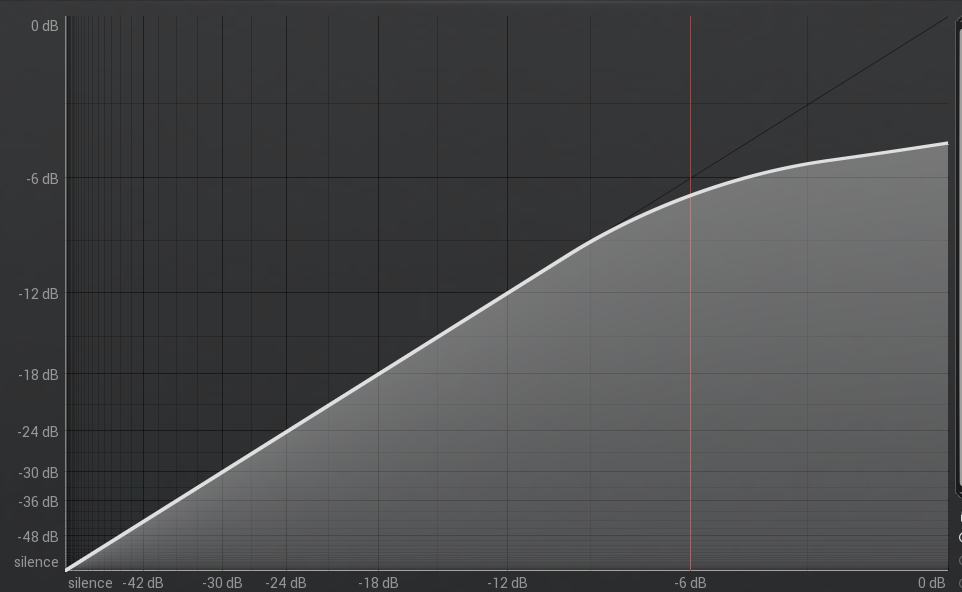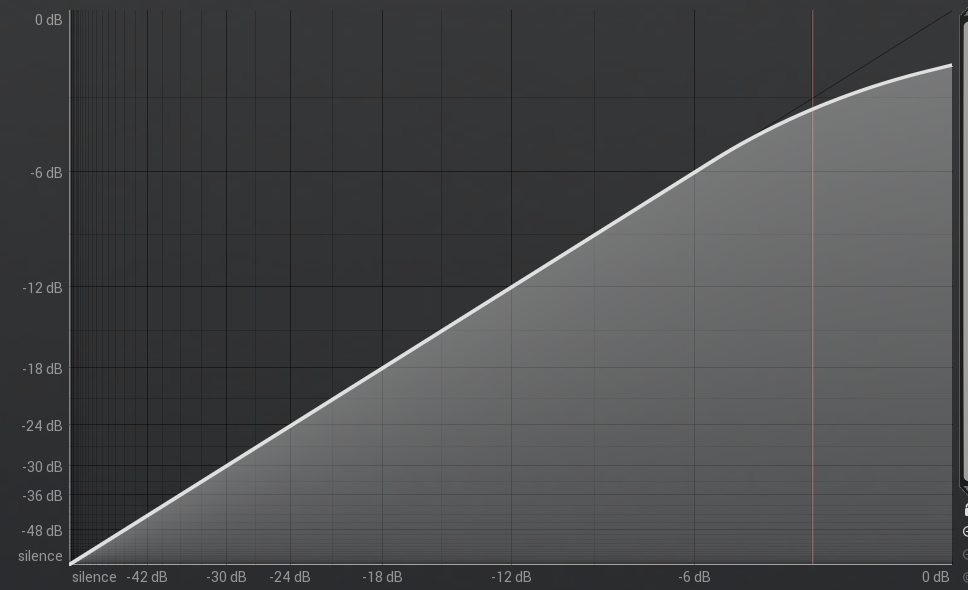A compressor can be used in a DJ situation when you feel you are not able to play the music loud enough. The cause for that may be that your equipment cannot sustain more volume, or that you cannot due to external restraints increase the volume. One way DJs can try to solve such as situtation is by using a compressor.
What a compressor does is to enable you to increase the general volume of your songs without increasing the maximum volume. You can therefore push your music higher. What the compressor does is distort, increasing the quieter passages while lowereing the louder ones in comparison. Within the tango DJ-ing community there are a number of controversies regarding the use of compressors. Some tend to use it on a regular basis, as part of their style, to bring more dense music to the dancefloor. Others abhor it, complaining that the distortions involved destroy the internal harmony and character of traditional tango music. As a performer I try to do without it, but still like to know how to use it when facing a situation where other options are not available.
Here are a couple of examples of how compression can be adjusted to suit particular needs. These examples are based on the suggestions of Canadian tango DJ Igor «El Espejero» on how to adjust compression to use in a milonga. More on that on his website, here.

The first example is what Igor «El Espejero» says he uses towards the end of a milonga, when he wants to increase the sound and intensity of the music. This involves compressing the top 6 dB quite a lot, with threshold set at -6 dB and a ratio of 4:1. This means that volume reduction starts at -6 dB and gradually increases until it reaches -4.5 dB (6 – 6/4). This means that if you are running songs so they reach a peak at 0 dB you can safely increase the gain by 4.5 dB without clipping, increasing most of the volume by almost threefold.

The second example is a lot more subtle, with a threshold of -3 dB and a ratio of 2.5:1, This meeans reduction starts at -3 dB and ends at -1.8 dB (3 – 3/2,5). With this setting you would only be able to increase the gain by 1.8 dB without clipping, a general volume increase of around 50%. This is the setting Igor «El Espejero» uses as a general setting at the beginning of a milonga. I would suggest he uses this as a security: If one is boosting the sound so that the peaks are near a maximum of 0 dB, a little bit of compression like this can reduce abberant peaks and thus reduce the likelyhood of clipping. Of course it is sensible to use a limiter to prevent clipping, but a compression will do most of the job with less obvious artefacts.

Here are two time-graphs from a Loudness Analyzer displaying a readout from a part of Pugliese’s in La yumba. The one on the left shows the file before compression, the one on the right after compression with threshold set at -6 dB and a ratio of 4:1. It is obvious how the loudness of the music is greatly increased.
Above the first sound example is a part of La yumba uncompressed, the same as the left graph above. The second is La yumba with compression, as in the right hand graph. It is evident how the sound changes. It is louder, more volumous as the difference between high and low sounds lessens. The inner dynamics of the songs change in compression. It is a change that can be acceptable in certain scenarios, when it is difficult to intensify the music when needed.
It is however important to note, that when using compression it is important to do a thorough soundcheck on location before playing a live milonga to evaluate the effects.